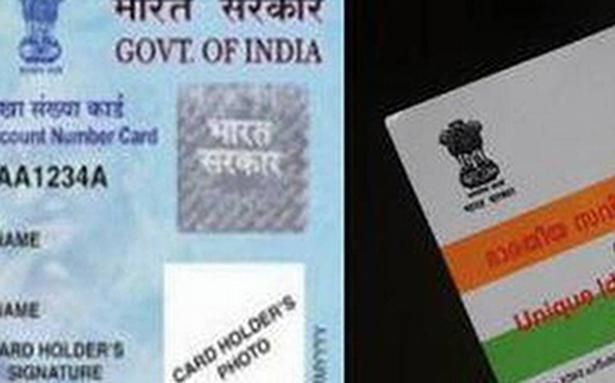As the center has set up a committee to investigate cases where batteries in electric vehicles malfunction and catch fire, experts say this is often due to inadequate testing of such batteries for Indian conditions, limited expertise in manufacturing batteries and part of a ” Learning curve” is associated with the increasing adoption of battery powered vehicles.
The government ordered an investigation last month after an electric scooter launched by the electric mobility arm of ride-hailing operator Ola caught fire in Pune. The Center for Fire, Explosive and Environment Safety (CFEES) has been asked to investigate the circumstances leading up to the incident and propose remedial action, according to the Department of Transportation.
Ola Electric said in a statement the company is recalling 1,441 units of its electric two-wheelers after vehicles caught fire. Okinawa Autotech had recalled over 3,000 units, while PureEV conducted a similar exercise for around 2,000 units.
“Safety First”
Road Transport Minister Nitin Gadkari said that while the government wants to encourage the uptake of electric vehicles, companies are wise to take action in advance to recall any defective vehicles, as “safety was the top priority for the government and human lives could not be endangered.” ”
India’s automotive industry consists of around 18 million two-wheelers and four million cars, the proportion of electric vehicles is “minimal”. Nitin Seth, Chief Executive Officer, New Mobility, Reliance Industries, said at a seminar on Friday: “Each electric vehicle system has its own battery charging and energy management system. It’s not a simple plug and play as it is made out to be. One of the reasons for these thermal incidents is that the batteries weren’t properly integrated into the vehicles,” he noted. “This is not simple screwdriver technology and needs people with technical know-how in electric vehicle technology, which India unfortunately lacks.” He was speaking at a seminar on the future of electric vehicles, organized by the Indian Council for Research on International Economic Relations (ICRIER) was organized.
The batteries used to power electric vehicles, both cars and two-wheelers, are of the lithium-ion category or are similar to those used in mobile phones.
battery management system
A few years ago cell phone batteries were known to explode or fail if left on charge indefinitely, but over time phone software has been integrated to ensure that batteries automatically shut off when fully charged. The battery management system (BMS) takes care of this and battery manufacturers usually have their own internal system to develop such a BMS and carry out extensive tests to determine the optimal conditions for their batteries to function. However, a global surge in EV demand, buoyed by a drop in battery prices and a rise in fuel prices, means there are several manufacturers who have imported batteries, bought BMS off the shelf and have not tested them for Indian conditions.
There are about 50-60 two-wheel electric vehicle manufacturers in India and about 300 original equipment manufacturers of all electric vehicles (2,3,4 wheels), said Rishabh Jain, who leads policy on renewable energy, energy storage and electric mobility at the Council for Energy, Environment and Water, a think tank in Delhi. “Tricycles account for 40% of EV sales, but we rarely hear about fires in them or from quads. It’s mostly because of the two-wheelers,” he added. The electric two-wheeler hype had lured start-ups and tech companies to be inundated with venture capital to capitalize on the EV boom, but few had expertise in battery manufacturing or BMS systems imported from China, which is common compromised quality and inadequate testing, says Mr. Jain.
The installation of compact batteries in electric vehicles requires a specific battery size and an efficient ventilation system. Two wheelers, because they were smaller and could not cost as much as cars, were often compromised on this point and coupled with high heat and conditions on Indian roads, hence more prone to battery related accidents.
“There’s certainly a learning curve, just like with mobile phones, but the government needs to be extremely transparent about the committee’s findings – take action against failing companies where necessary – and take the right steps to build customer confidence,” Mr Jain added .
(With inputs from PTI)



